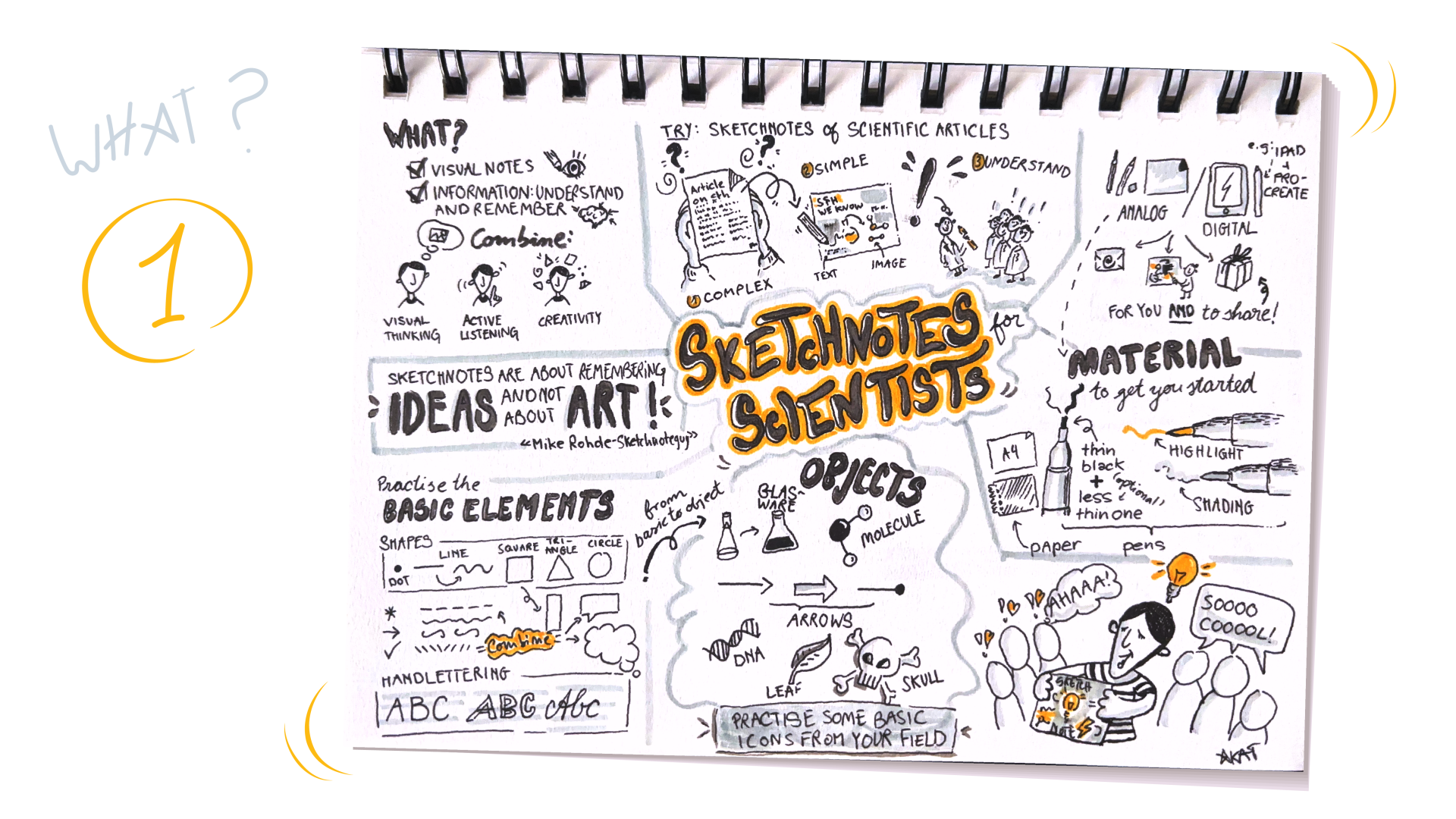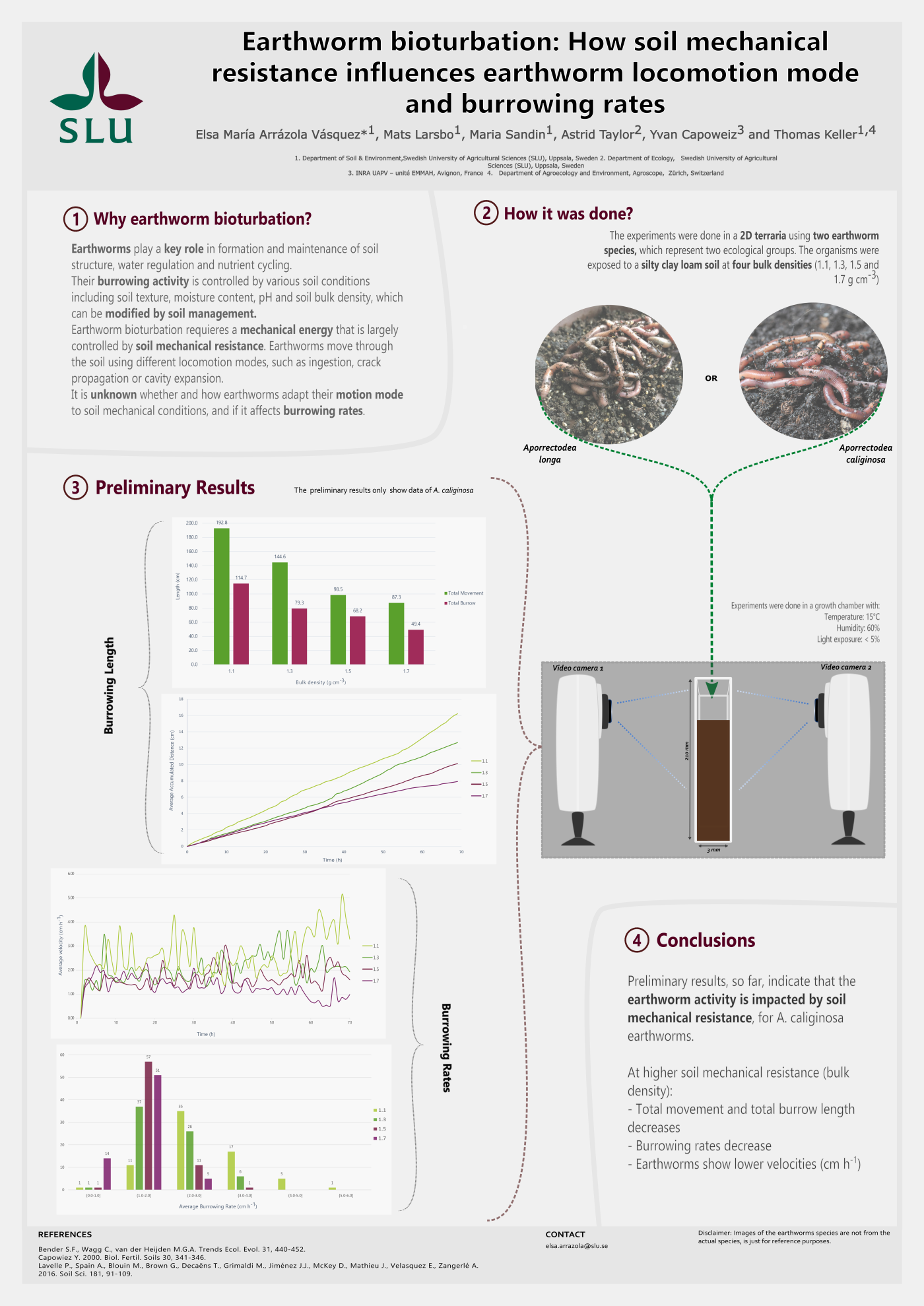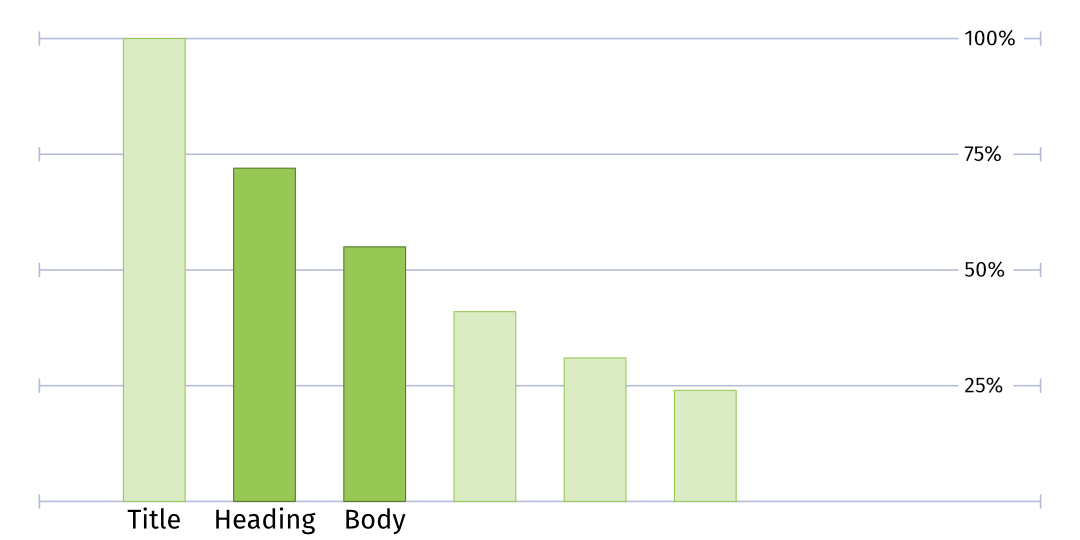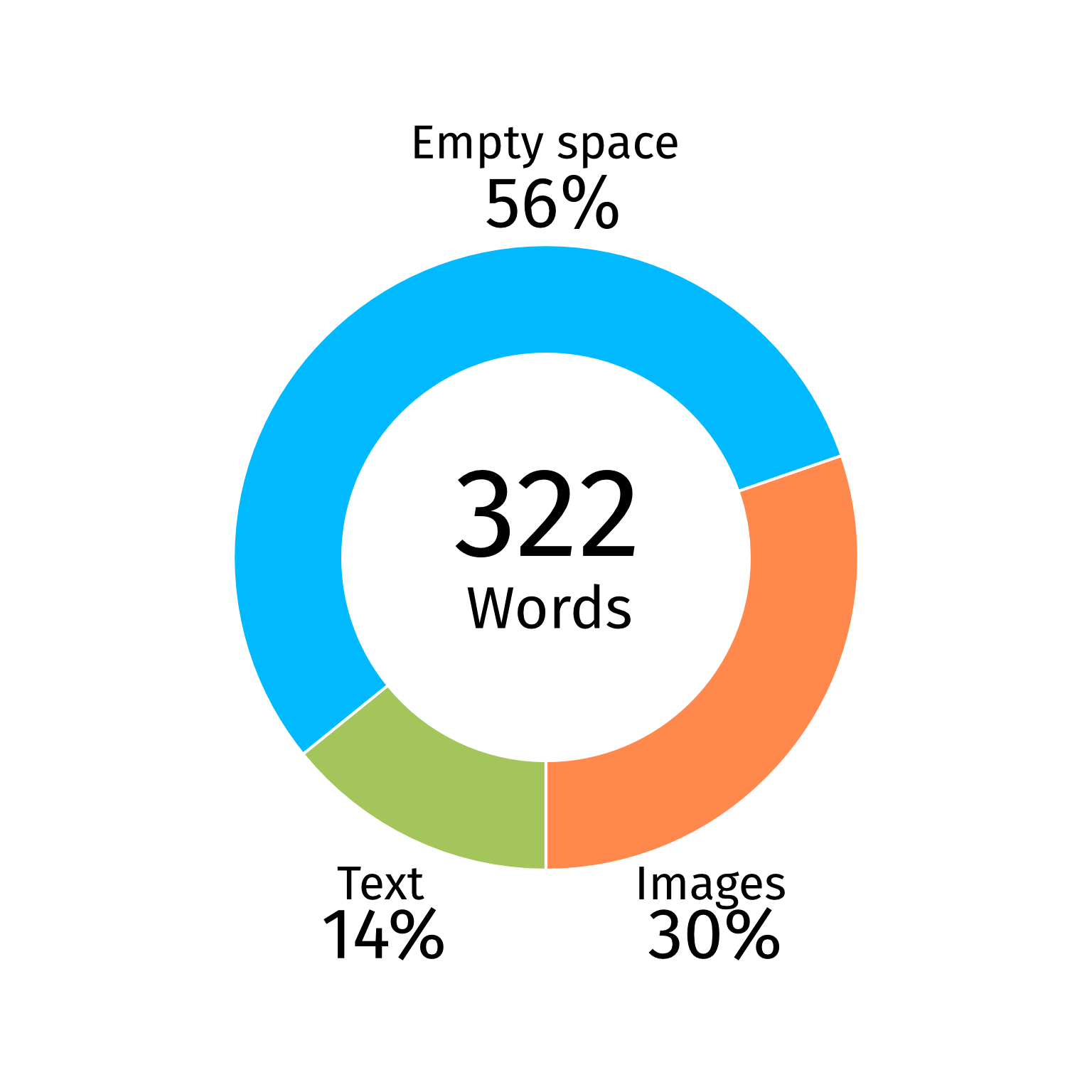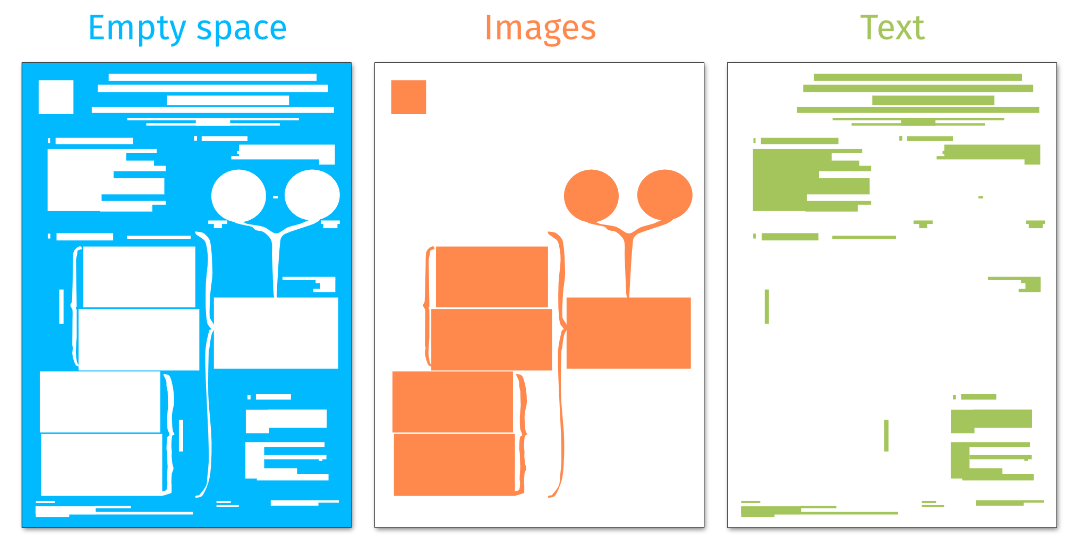Repurposing sketchnotes: From personal notes to shareable stories
What are sketchnotes anyway?
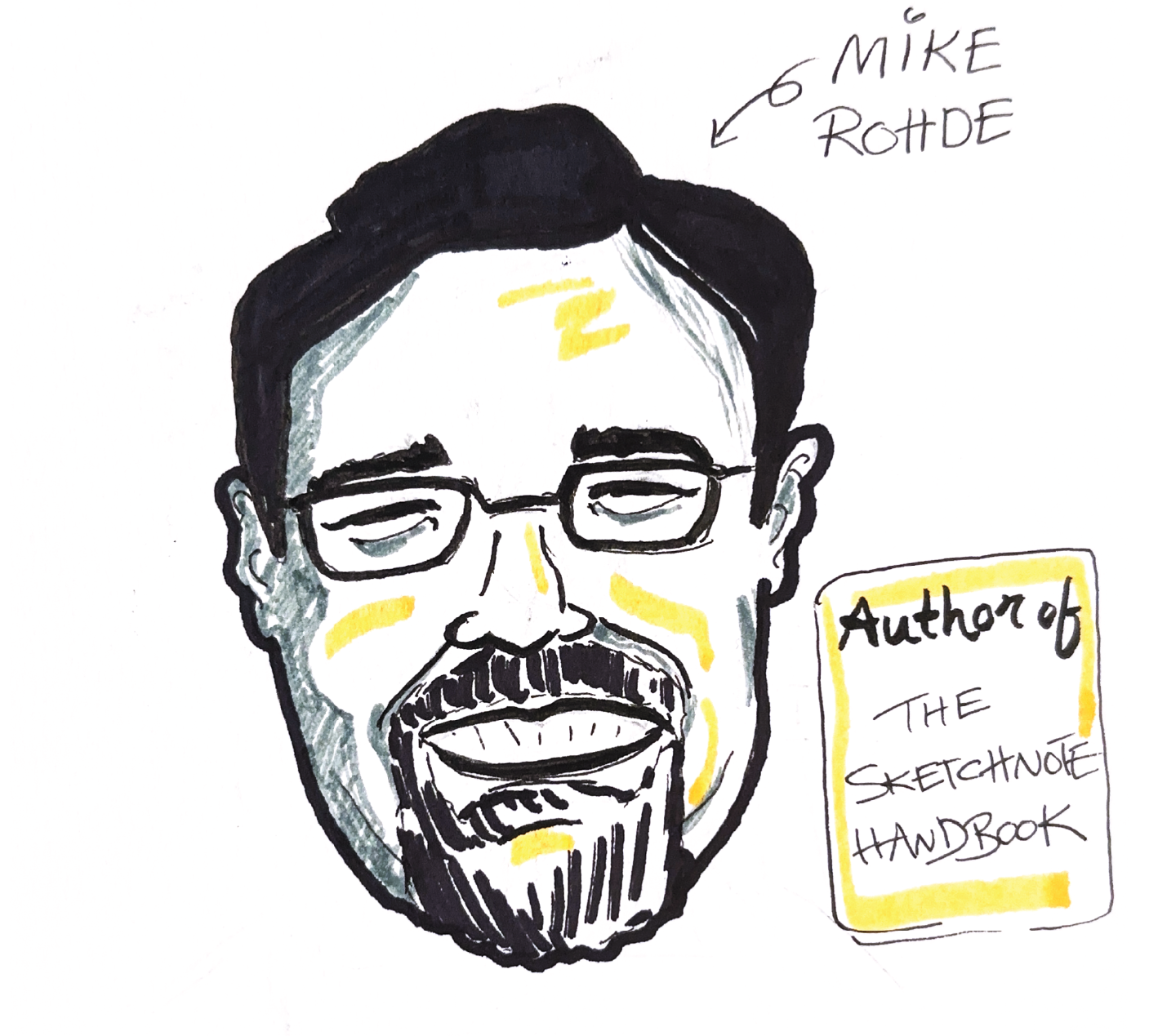
As the name suggests, sketchnotes are a form of notetaking with a strong visual element: sketches.
The idea of combining notes with doodles and sketches has been around for centuries (think of Leonardo da Vinci’s notebooks, full of drawings and observations). The term 'sketchnotes' was coined in the 2000s by author and designer Mike Rohde. The whole point of sketchnoting is to help you stay focused during talks and pick out the key ideas. Not to write down everything, but to capture the main message visually so that it sticks.
Rohde even wrote a book about it, The Sketchnote Handbook (2012), which helped spread the method to a wider crowd and build a growing community of visual thinkers worldwide.
Sketchnoting combines visual thinking, active listening, and creativity in a structured manner. Instead of trying to note down word by word what you hear, you focus, filter, and express what matters clearly.
That is what sets sketchnotes apart from infographics or formal graphical abstracts. Usually, sketchnotes are created in a short span of time during talks, and the intended audience is the notetaker themselves.
The idea of combining notes with doodles and sketches has been around for centuries (think of Leonardo da Vinci’s notebooks, full of drawings and observations). The term 'sketchnotes' was coined in the 2000s by author and designer Mike Rohde. The whole point of sketchnoting is to help you stay focused during talks and pick out the key ideas. Not to write down everything, but to capture the main message visually so that it sticks.
Rohde even wrote a book about it, The Sketchnote Handbook (2012), which helped spread the method to a wider crowd and build a growing community of visual thinkers worldwide.
Sketchnoting combines visual thinking, active listening, and creativity in a structured manner. Instead of trying to note down word by word what you hear, you focus, filter, and express what matters clearly.
That is what sets sketchnotes apart from infographics or formal graphical abstracts. Usually, sketchnotes are created in a short span of time during talks, and the intended audience is the notetaker themselves.
... and what do they look like?
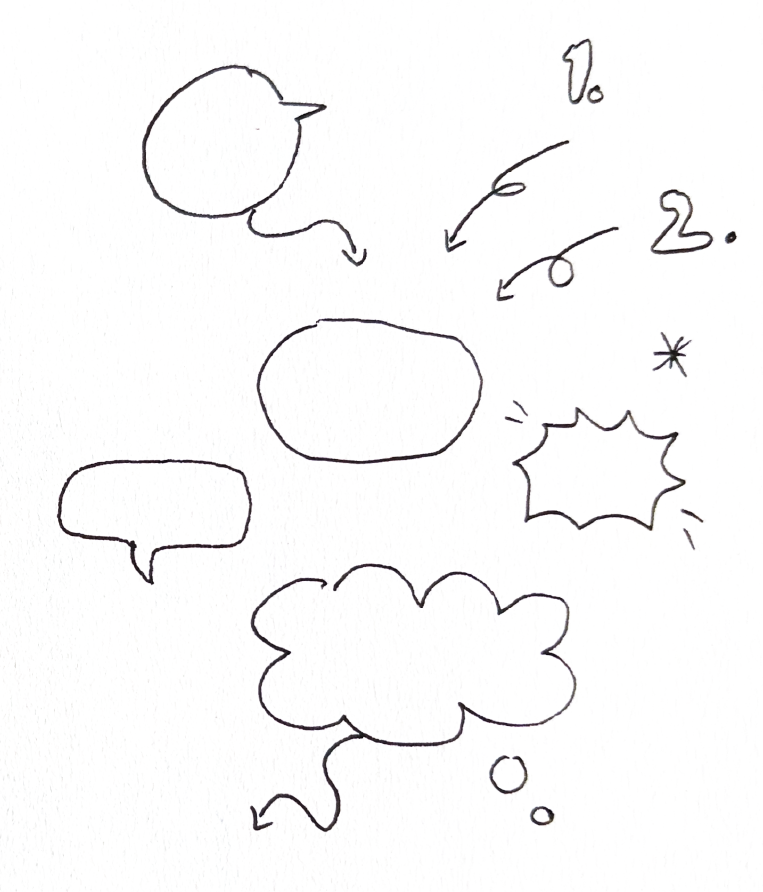
Sketchnotes have a casual, handmade look. They mix handwritten text, simple (often cartoon-style) drawings, and clear organization. You’ll see arrows showing flow, boxes grouping ideas, and playful icons or metaphors that help concepts stick. Different lettering sizes create hierarchy: big, bold titles, smaller notes. They typically use just a few highlight colors, along with black lines and some gray shadings. They’re not meant to be works of art, so there’s no need to make everything perfect. What makes them work, and why we like them, is their playfulness, simplicity, and personal touch. Sketchnotes look like thinking on paper.
Learn it by drawing
Not only for you... but also to share
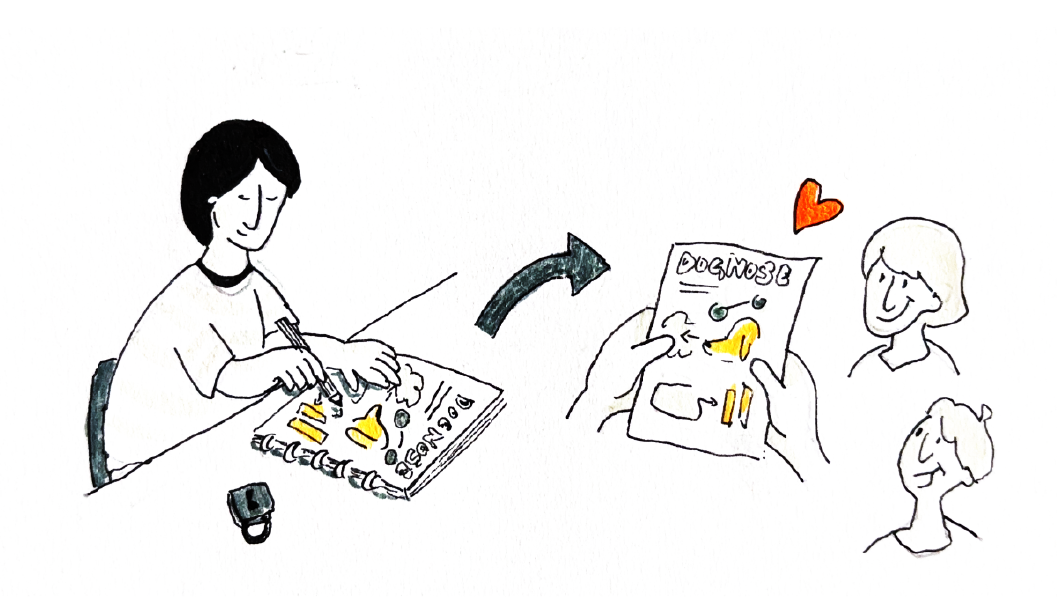
In our case, we ended up using the sketchnotes in all sorts of ways. First, I made them digital (scanning them directly or drawing on the iPad) so we could share them easily, attached to emails as PDFs.
We attached them to emails to our collaborators and science buddies, and even mailed them as printed cards, part thank-you note and gift. We also thought it would be nice to share them on social media as downloads for anyone interested in the article or topic.
As our collection grew, we started imagining how the notes might be combined into a small booklet. We never did, but that might still happen one day. Some of the sketchnotes were printed as posters for our office walls. It turns out that they make a good conversation starter with visitors.
Of course, we all know that in the world of science, materials like this can sometimes be seen as superficial or not serious or rigorous enough. There’s a fear they might oversimplify or distort the
science. But what we saw happening in our group was the opposite.
The sketchnotes were well-received and appreciated. People saw them not as replacements for the actual articles, but as a teaser. Something that sparked curiosity and encouraged more people to read the full paper. In a way, they work a bit like graphical abstracts, slightly more elaborate and playful, and with that handmade touch.
The feedback was so positive. People were surprised, not just by the visuals, but by the effort and thought that we had put into them. The sketchnotes felt different from typical academic communication. More human. More “us.”
We attached them to emails to our collaborators and science buddies, and even mailed them as printed cards, part thank-you note and gift. We also thought it would be nice to share them on social media as downloads for anyone interested in the article or topic.
As our collection grew, we started imagining how the notes might be combined into a small booklet. We never did, but that might still happen one day. Some of the sketchnotes were printed as posters for our office walls. It turns out that they make a good conversation starter with visitors.
Creating sketchnotes for articles reviewed in journal clubs adds a fun and fresh twist to traditional discussions and increases engagement.
Of course, we all know that in the world of science, materials like this can sometimes be seen as superficial or not serious or rigorous enough. There’s a fear they might oversimplify or distort the
science. But what we saw happening in our group was the opposite.
The sketchnotes were well-received and appreciated. People saw them not as replacements for the actual articles, but as a teaser. Something that sparked curiosity and encouraged more people to read the full paper. In a way, they work a bit like graphical abstracts, slightly more elaborate and playful, and with that handmade touch.
The feedback was so positive. People were surprised, not just by the visuals, but by the effort and thought that we had put into them. The sketchnotes felt different from typical academic communication. More human. More “us.”
